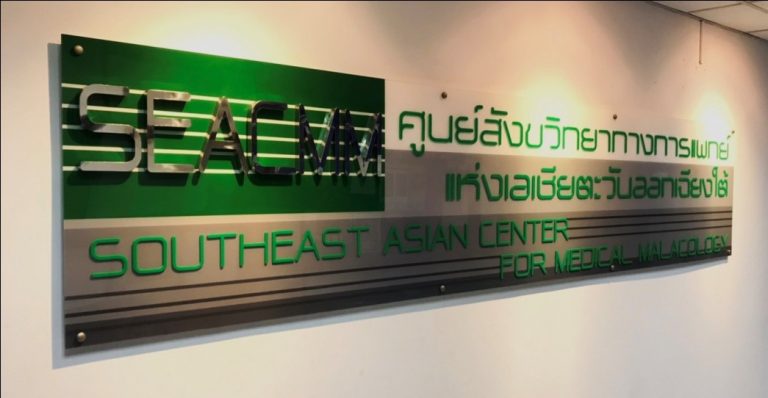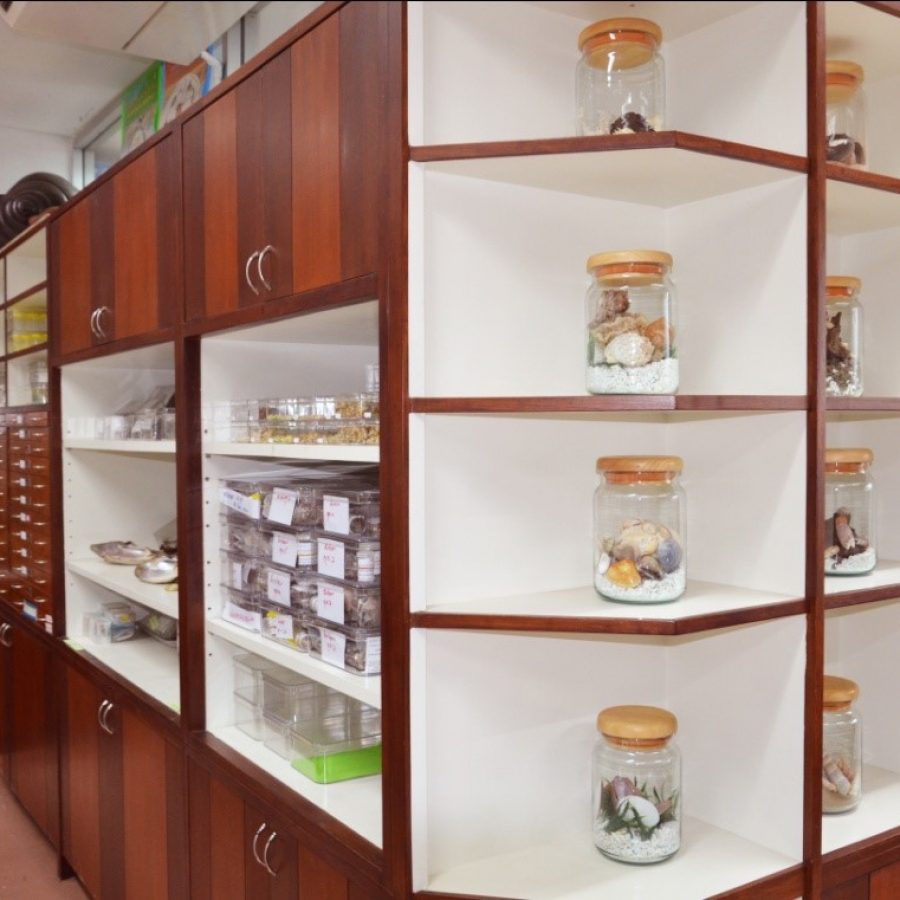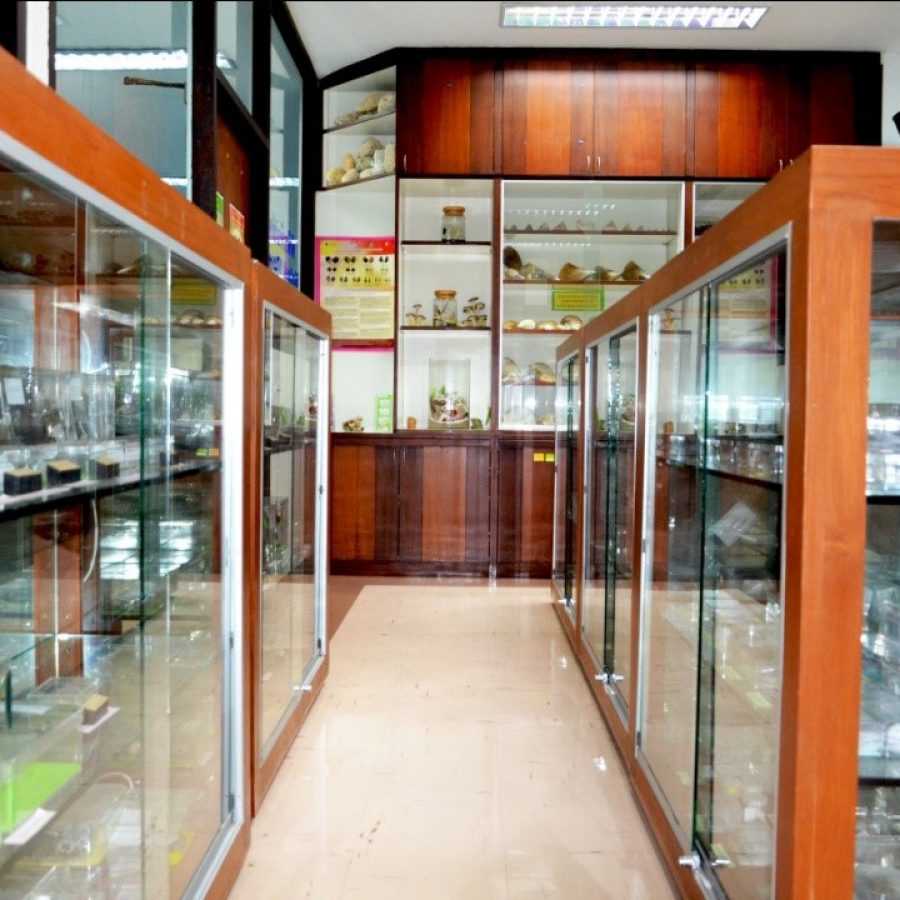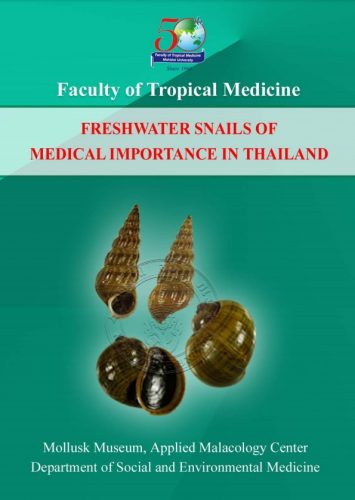Southeast Asian Center for Medical Malacology (SEACMM)

The Malacology Unit has long been one of the working units of the Department of Social and Environmental Medicine, Faculty of Tropical Medicine, Mahidol University in Bangkok, Thailand. It was established in late 1970 with the Mekong Committee under AID Contract Grant, but working on snails of medical importance had been enhanced almost a decade prior to the establishment. In 2011, the Malacology Unit is then name as the Southeast Asian Center for Medical Malacology at the Faculty of Tropical Medicine.
The Objectives
The long-term objectives of the Center are to:
- Undertake research and training programs of particular relevance to the region
- Function as a reference laboratory for snail-host identification and advisory services, as well as maintenance of living and preserved mollusk/parasite stock materials and
- Collaborate closely with and assist in the coordination of other laboratory and field programs on applied malacology.
Mollusk Museum
Mollusk Museum at the Department of Social and Environmental Medicine, Faculty of Tropical medicine, Mahidol University was initially established following those parasitological research activities of Faculty of Tropical Medicine as a reference collection of snails investigated for their medical importance. Snail collection (both wet and dry specimens) became more numbers after obtaining Dr. Rolf A. M. Brandt’s collection donated to the Faculty in 1973. His unique collection of snails included fresh- and brackish-water snails of Thailand which he had intensively surveyed during April 1962 to February 1971, and of Southeast Asian countries where he visited. Snail specimens are also increased more and more by obtaining from some collaborated scientists and from research activities of Department staff.
With an Institution Strengthening Grant from the World Health Organization Special Programme for Research and Training in Tropical Diseases in late 1978, the Mollusk Museum was officially established as a reference museum of mollusks in order to serve the objectives of the Applied Malacology Center in Southeast Asia. Systematic arrangements of snail collection in the Mollusk Museum had been processed after the Department staff attending the course of Biology of Mollusk and practicing their work in the Museum of Mollusk at the University of Michigan, Ann Arbor in the United States during late 1979 to 1981.
Systematic arrangement including identification to genus and species of snails collected in the Mollusk Museum of the Faculty of Tropical Medicine was revised and corrected in 1981 by the world professional malacologist, Professor John B. Burch of the University of Michigan, U.S.A.
At present, the Mollusk Museum at the Department of Social and Environmental Medicine, Faculty of Tropical Medicine, Mahidol University could fully serve the objectives of the Southeast Asian Center for Applied Malacology as well as the application of medical malacology in environmental health. Over 100,000 fresh – and brackish water snails of the Mollusk Museum are available as references of the medical importance and the biological integrity of Thailand.
Mollusk Museum
6th floor, Chamlong Harinasutra building
Department of Social and Environmental Medicine
Faculty of Tropical Medicine, Mahidol University
Tel. 0-2306-9100-19 ext. 1567
Curator: Yanin Limpanont
E-mail: yanin.lim@mahidol.ac.th


Applied Malacology Laboratory
Blood fluke and liver fluke are important snail-mediated parasite that can cause diseases in human. The mission of Applied Malacology Laboratory is to maintain the life cycle of Schistosoma sp. and Opistorchis sp. for their life cycle studies, researches and teaching activities. Therefore, the laboratory also provides the facilities for freshwater mollusk culture and diatom production to serve as mollusk feeding.

